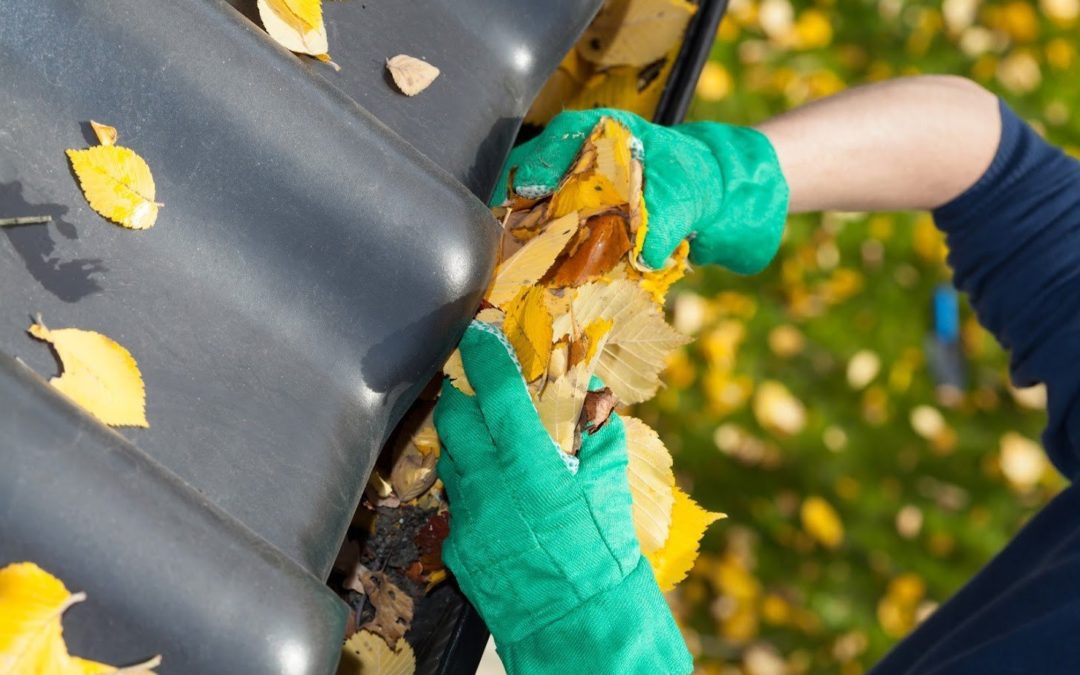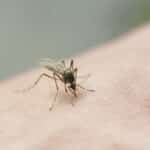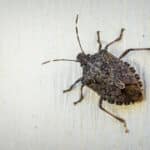Winter beckons, and that means shorter days, colder nights, and overwintering pests. Some of those pests won’t breed or make a nuisance of themselves in your home. But some pests are active in winter and can damage your home.
To keep you home free of pests this winter, take the following preventative steps.
1. Remove Dead Leaves and Wood From Your YardIf you have yet to clean up your yard of fall debris like leaf litter, now is a good time to do so. Piles of leaves provide a warm sheltering spot for pests in winter. And dead leaves and dead wood serve as food for foraging termites. If leaves and dead twigs and branches touch your home’s siding, pests can use them as a bridge to enter your home.
2. Prune Tree and Plant Limbs That Might Touch Your HomePests use tree and plant limbs as bridges to gain entry to homes via the windows, siding, and roof. Winter is a good time to prune tree and plant limbs because you can see their entire structure clearly without the obstruction of leaves. Check your trees and plants and prune any branches that touch your home.
3. Clear Your Gutters of Fall DebrisClogged gutters are potential nesting and feeding sites for insect pests. And if rodent pests can gain entry to your guttering, they too can use clogged gutters as feeding sites. Clogged gutters also cause rainwater to flow out of your gutters and down the siding of your home. Unclog your gutters to prevent pests from breeding and feeding in them.
4. Store Trash and Firewood Away From Your HomeRodents will often nest in firewood piles for the warmth and shelter. They’ll also likely use nearby trash as a steady food supply if they can gain access to it. But they could move from the woodpile and into your home if they find an opening.
A damaging pest that likes woodpiles is the termite. They can use a woodpile stacked close to your home as a bridge to your foundation or siding.
Make sure the woodpiles and trash are in separate locations.
5. Inspect the Exterior of Your Home for Entry PointsInsects and rodents can use the gaps around pipes and utility lines to enter your home during winter. Seal all these gaps, along with any other openings, with caulk, sealant, or polyurethane foam to keep pests out of your home. And if your weatherstripping is old and worn, replace it. Otherwise, pests could enter your home that way.
6. Keep Your Home Free of ClutterPests often love clutter. This means that if they can gain entry to your home, they will likely head for cluttered areas to nest and breed. One such pest that you really don’t want staying in a cluttered area of your home this winter is the brown recluse spider. These spiders can’t survive in the colder northern climates unless they head indoors to live amongst clutter, where they can stay warm.
Rid your home of clutter to ensure that pests don’t hide in and around it this winter.
7. Hire a Pest Specialist to Inspect Your HomeIf in doubt, hire a pest specialist this winter. A pest specialist can check your home for potential entry points and pest problem areas. They can then eliminate pests and help you to protect your home from future pest infestations.
Have you begun to see signs of pest infestation in or around your home as winter beckons? Diam Pest Control has over 50 years’ experience in the residential pest control industry. Give us a call today, and we’ll help you to ensure that your home is pest-free and pest-proof for the coming winter.





